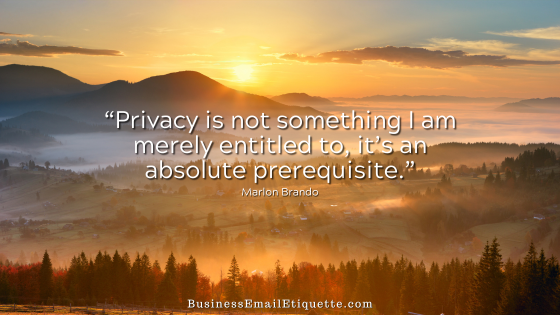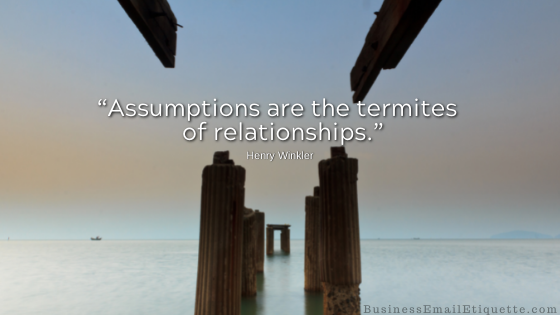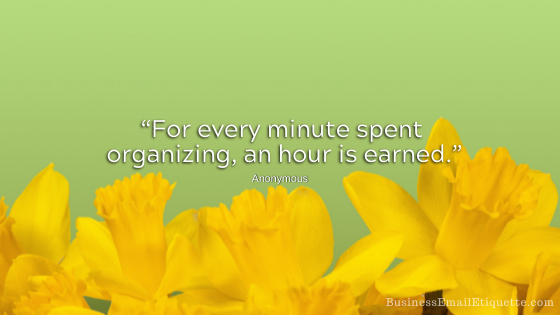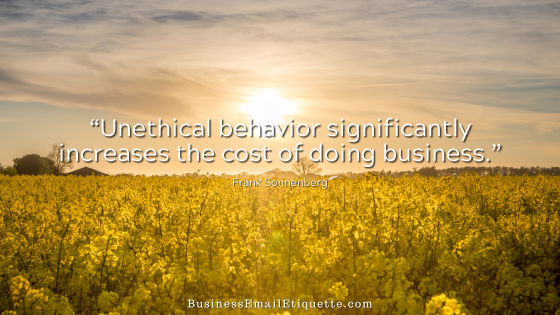Etiquette When Refusing Email Return Receipts (RR)

Earlier this week, I received a Return Receipt request or RR. I’ve not been asked to acknowledge an RR in a long time and forgot that RRs existed. It turns out that when my email software updated, it added new options for RRs, which changed the “never send a return receipt” option I had checked to “ask me.”
Then, within hours, I had a website visitor inquire about “RR Etiquette.” Was it rude to decline? She didn’t even know RRs existed until she received one. So I searched and landed on my site—what a coinkydink.
I recently had an email from another business associate asking how and when one should use Return Receipts (RR). An individual he does business with makes this request with every email they send.
That got me thinking. Back in the day, RRs were pretty standard primarily because everyone was using them and wanted to know if their email was being read, which is not the reason to use them.
Now, many folks don’t even know what they are — that is, until they get one. So, let’s do a little 101, shall we?
What is a Return Receipt?
Return Receipts, RR for short, are a way of knowing that an email has been received or opened on the recipient’s computer. RRs need the recipient to acknowledge the RR or Read request for the sender to know. Being that the recipient can decline the request, what is the point?
Some seem to want to know when you receive their email, even if the content is not critical—a control thing. Or, occasionally, it turns out some emailers are not even aware this option is engaged.
If you think it is the latter, nicely emailing them with a “Did you know…..” can let them know this is not a feature to be used for every single email. But, of course, the recipient should then check their settings and turn that option off.
Return Receipts are different than Delivery Receipts.
With a Delivery Receipt, while the notification that the email was “delivered” is automatic, you still have no confirmation that the recipient read the email. If the recipient has filters or rules in place, your email could have landed in spam/junk or their trash and never been seen.
RR Etiquette = Few and Far Between
RRs are to be used sparingly, if at all. Although they can be automatically declined, as I and many others do, there is no constructive purpose unless both parties agree to use RRs and acknowledge them, for example, in cases of essential attachments, critical content, or legal documents.
I’m sending the documents shortly with a Return Receipt. Can you acknowledge the receipt request so I know you received your copy? Thank you!
For those who use RRs with every email, think of it this way… How would you feel if every time you heard a voicemail or opened a postal letter, it was immediately reported to the sender that you had heard/opened their communication?
And if you didn’t want that report to be sent, you would have to try to prevent this from happening. But, unfortunately, that’s what happens with email RRs—sending with every email to see if the email was read when not necessary can be irksome at best.
Some email programs offer a Delivery Receipt and a Read Receipt. Unfortunately, there is no way to prove that the recipient read a single word. Received or even opened does not mean read.
When would you use an RR?
RRs should be used on those rare occasions where you need to have some form of documentation/acknowledgment that the other side has received the email.
Examples are critical communications like legal or business issues that you have asked the other side to confirm your RR so you know they received that vital information.
Otherwise, Return Receipt Requests are Counterproductive
Unexpected RRs can be a privacy issue. One that infringes on the recipient’s privacy. That’s why this feature has to be appropriately used and sparingly — if at all — to serve any real purpose.
What if you are like me and don’t want to deal with RRs going out when you open an email? In the email programs I’ve used, you will get asked about acknowledging a return receipt request. The recipient then has the opportunity to decline that request.
Investigate your email software help section to find out the settings available to you.
Is it rude to decline RRs?
Nope. Just because the other side wants to know when you receive or open an email in no way requires that you acknowledge that request. Protect your privacy and set your email program to “Never send a read request” so your activities are not reported back to headquarters.
When the situation arises that have you thinking about Return Receipts, it is recommended that you not send an RR request unless the other side is expecting you to (because you are both on the same page). And the other party is waiting and willing to acknowledge the receipt of your email.






